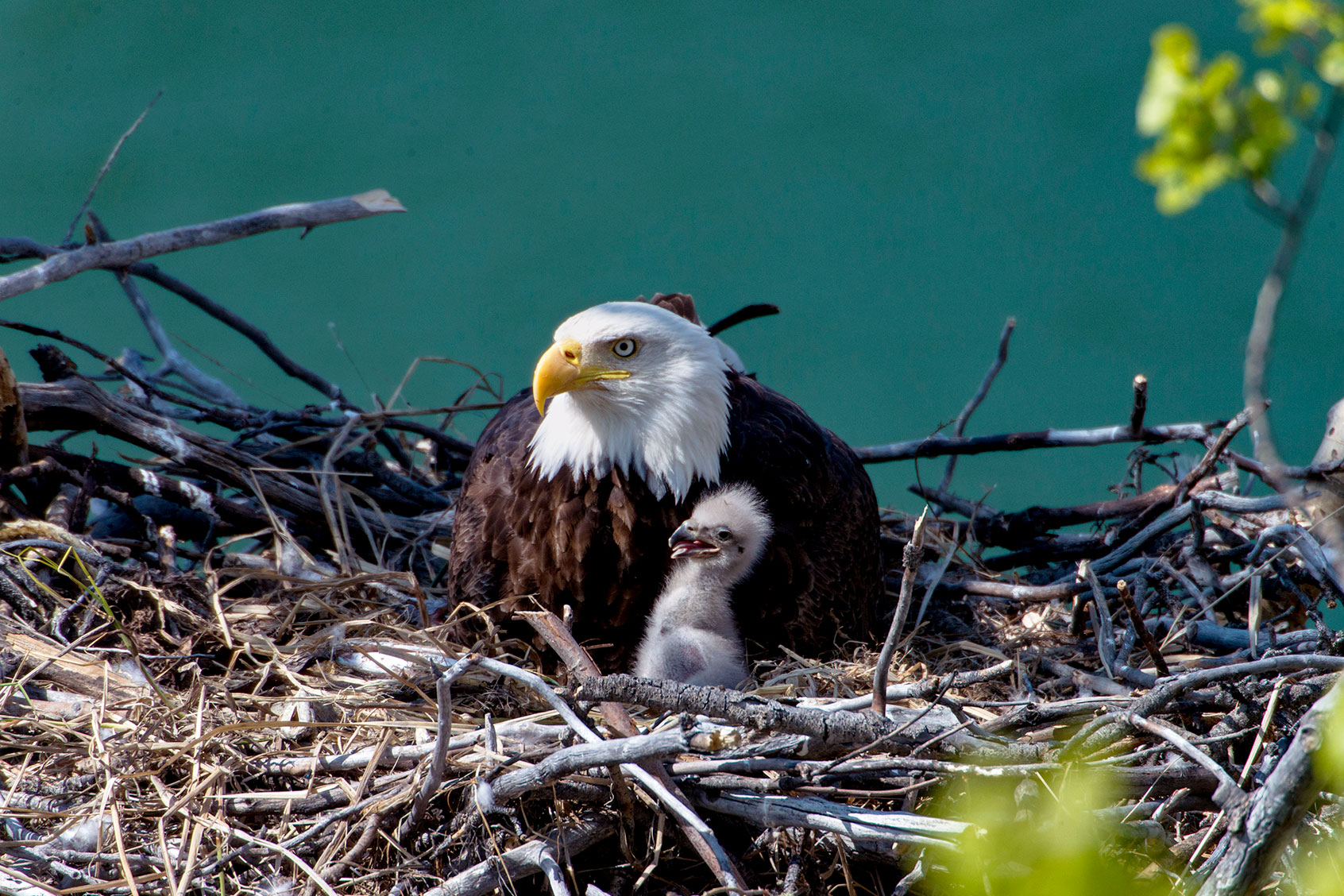Even the most horrible tragedies can have their upsides. Take climate change: While it is causing mass extinctions and will, within decades, displace millions of people in coastal areas, it is also helping western dairy farmers keep their farms free of pests. Lending a helping hand? Local bald eagles.
This was the discovery made by the scientists behind a new study in the journal Ecosphere. They found that, as salmon carcasses become more scarce due to climate change, bald eagles seek new food sources. And the ravenous raptors often flock to nearby dairy farms. While farmers usually do not welcome avian intruders, the researchers learned to their surprise that dairy farmers saw advantages to the bald eagles’ presence. Because they feed primarily on cow afterbirth and calf carcasses, they help clean up messes and reduce labor time. Just as importantly, they kill and deter unwanted pest species like mice and rats.
“Despite a long history of conflict between farmers and eagles, we found that dairy farmers and eagles are able to co-exist, and even benefit from one another,” explained Ethan Scott Duvall, a Cornell University ecologist and PhD student, who led the research and spoke to Salon by email. “While farmers supply eagles with an abundant food source, eagles, in turn, discard the unwanted byproducts while simultaneously deterring unwanted ‘pest’ species on farms.”
While the relationship between eagles and farmers might have improve, the salmon are not doing as well. Climate change has, evidently, wreaked havoc on that aspect of the ecosystem. Duvall explained that climate change affected the “availability” of salmon carcasses for the eagles, and also oddly “increas[ed] the speed at which salmon carcasses decompose before they can be consumed.” Moreover, climate change “may also substantially alter other prey resources for eagles year-round, forcing more and more eagles to seek refuge in human-dominated landscape, potentially leading to increased human-eagle conflict in other areas,” Duvall noted.
The eagle-salmon-farmer situation is merely one of many unexpected ways that climate change is changing the world. Here are some other unforeseen consequences of having more carbon dioxide and greenhouse gases in the atmosphere messing with the climate.
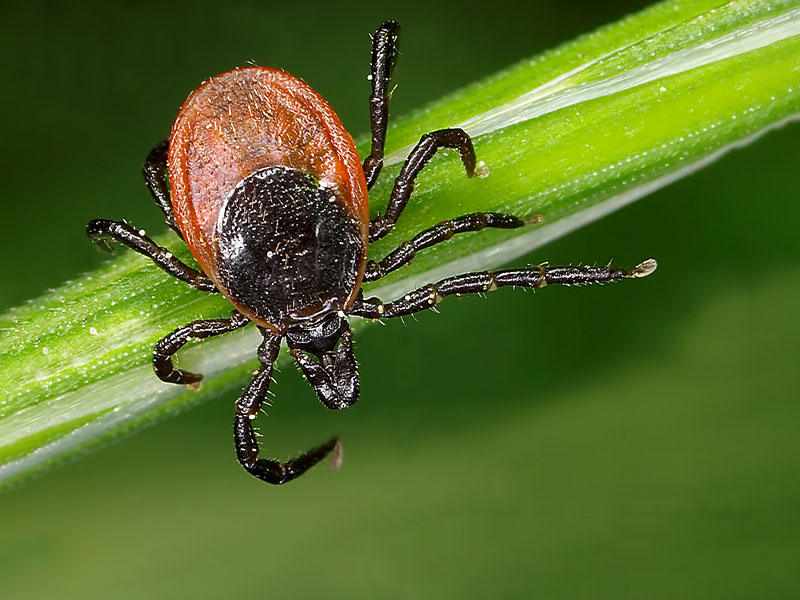 Tick (Getty Images/fhm)
Tick (Getty Images/fhm)
According to a
2021 article in the Journal of Medical Entomology, ticks are going to expand their territorial range as the planet continues to warm. This makes sense: As the regions near the equator overheat, ticks will venture farther and farther north in order to survive.
This is not good news for humans. Ticks carry a number of dangerous diseases including Lyme disease, babesiosis and Powassan virus disease. Indeed, a 2021 study in the Rhode Island Medical Journal revealed that cases of Lyme disease, babesiosis and anaplasmosis are increasing in the United States — and each one of those diseases is vectored by deer ticks.
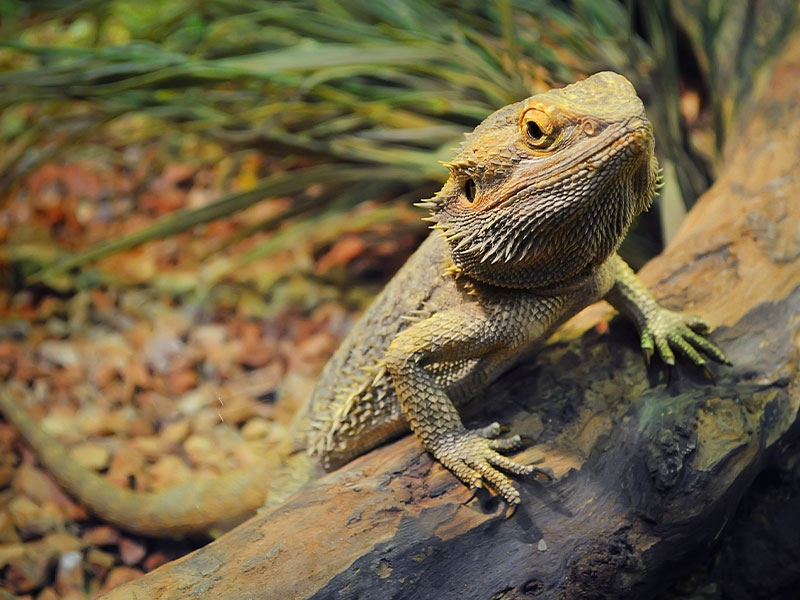 Young bearded dragon (Getty Images/Shinedawn)
Young bearded dragon (Getty Images/Shinedawn)
For certain fish, amphibians and reptiles, the
sex of their embryos can be altered by the external temperature. For instance, bearded dragons — a lizard species indigenous to Australia — need to keep their eggs in cooler temperatures so that only the chromosomes determine the lizard’s sex. If the temperature is too warm, those chromosomes can be overridden and a partial male turned into a female.
This is why, according to a
2016 study in the journal Proceedings of the Royal Society B, warming temperatures are messing with bearded dragon sexes.
“Although they are reproductively female, sex-reversed dragons resemble genetic males rather than females in morphology, general behaviour, and thermoregulatory tactics,” the authors explained. They later added that just one period of high temperatures “can produce functionally female individuals with male-like (or novel) traits that enhance individual fitness.” Over time, the genes that code for this “temperature-dependent sex-determining system” might replace the previous genes.
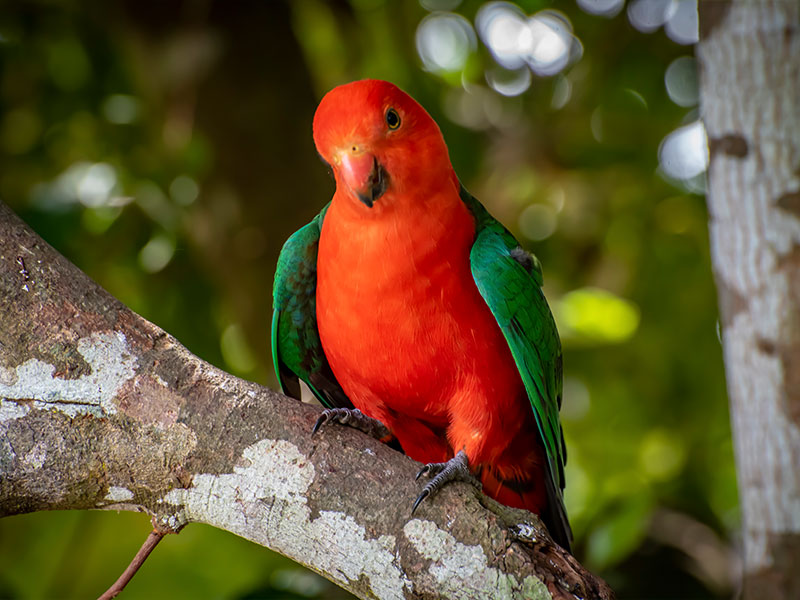 Australian King Parrot (Getty Images/PDerrett)
Australian King Parrot (Getty Images/PDerrett)
Bearded dragons aren’t alone among animals whose bodies change with the increasing heat. A
2021 report by the World Economic Forum found that — in accordance with Allen’s rule, which holds that warm-blooded animals have smaller appendages in colder climes and larger appendages in warmer climes — various species are getting bigger.
The great roundleaf bat, which is famous for having a nose that looks a bit like a mess of intestines, had seen its wing size increase by 1.64% since 1950. Masked shrews have seen their legs and tails increase in length significantly within that same period. Meanwhile the beak sizes of Australian parrots like gang-gang cockatoos and red-rumped parrots have increased between 4% and 10% since 1871.
Want more health and science stories in your inbox? Subscribe to Salon’s weekly newsletter The Vulgar Scientist.
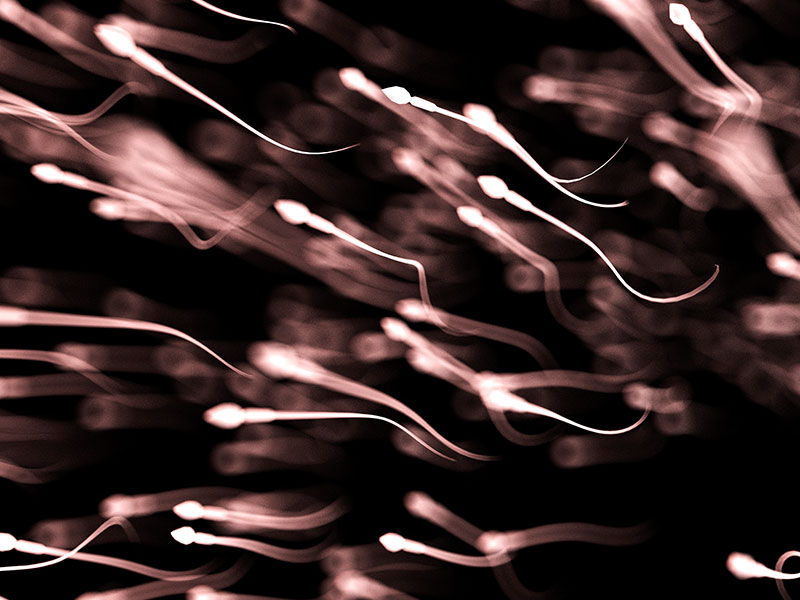 Sperm (Getty Images/SEBASTIAN KAULITZKI/SCIENCE PHOTO LIBRARY)
Sperm (Getty Images/SEBASTIAN KAULITZKI/SCIENCE PHOTO LIBRARY)
It is a well-known fact of biology that human testes are outside of the abdominal cavity because sperm can only be produced at a temperature cooler than that of the main body.
Therefore it should not have come as any surprise when a
2021 article in Nature Climate Change revealed that, among 43 species of fruit flies all over the world, population distribution across the globe was closely correlated to the temperatures at which males would be rendered infertile by rising temperatures. This suggests that, as temperatures continue to increase, animals that need their testes to remain cool in order to produce sperm will suffer — potentially including humans. The challenge, of course, is that this is one hypothesis that is notoriously difficult to test.
“There is no visible sign that an organism has become infertile — you have to heat them at a specific temperature then give them opportunities to mate,” explained
Dr. Thomas Price, a senior lecturer of evolution, ecology and behavior at the University of Liverpool and co-author of the study.
 Ill woman looking at thermometer (Getty Images/Guido Mieth)
Ill woman looking at thermometer (Getty Images/Guido Mieth)
The COVID-19 pandemic was an
inflection point, or a moment in history that profoundly changes the world in a number of ways. Unfortunately, as climate change worsens, humans are likely to see many more pandemics. According to a
2022 paper by the journal Nature,
animals who are forced to move out of their now-unlivable habitats due to climate change will bring their foreign viromes with them. Viromes, or the ecosystems of viruses that exist within living bodies, will then have more opportunities to interact with both humans and other unfamiliar animals.
“Our findings highlight an urgent need to pair viral surveillance and discovery efforts with biodiversity surveys tracking species’ range shifts, especially in tropical regions that harbor the most zoonoses and are experiencing rapid warming,” the authors concluded.
 Microchip (Getty Images/Narumon Bowonkitwanchai)
Microchip (Getty Images/Narumon Bowonkitwanchai)
Unlike the other items on this list,
microchips are not an item found in nature. Yet that does not mean they will not be vulnerable to climate change. These little sets of circuits hosted on flat pieces of silicon are extremely complex, and as such difficult to manufacture. They require a sophisticated supply chain in order to be churned out at the rate necessary for us to have functioning computers, cars, mobile phones, home appliances and virtually all other electronic equipment. As climate change worsens,
supply chain disruptions are apt to become more frequent — and all of the technology which relies on microchips will suddenly be put at risk.
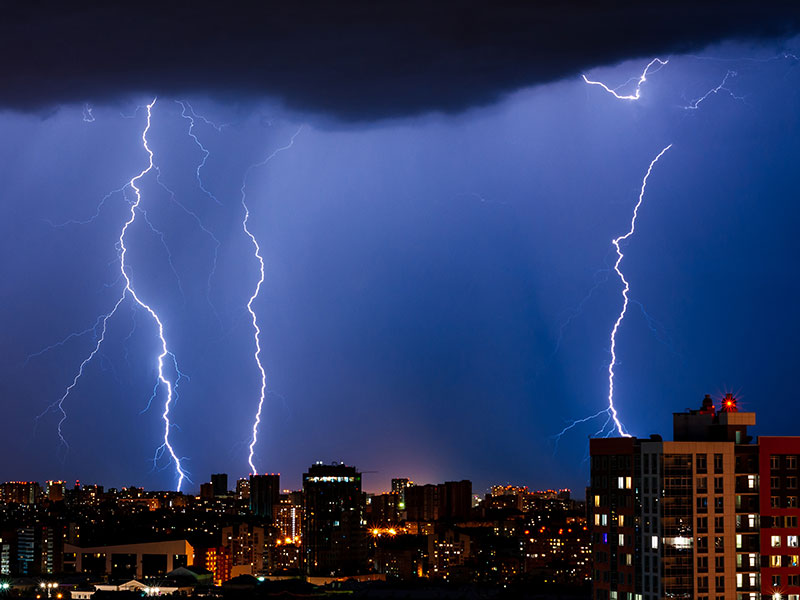 Lightning striking over the city (Getty Images/Natalya Mamaeva)
Lightning striking over the city (Getty Images/Natalya Mamaeva)
Lightning is both awe-inspiring and terrifying, associated with everything from the Greek god Zeus to creepy moments in horror movies. Yet just it would not be a good thing for humans if lightning strikes became more common, and that is just what will happen as climate change worsens. As reported in the
journal Science in 2021, there will be a 12% increase in lightning activity as the Earth increases by 1°C. As recently as last month, a
study in the journal Nature Communications revealed that each single degree of warming will increase by 10% the frequency of hot lightning (officially known as Long-Continuing-Current or LCC lightning) — or bolts that channel an electrical charge for an extended period of time — and this, in turn, will increase the frequency of wildfires.
“We find a 41% global increase of the LCC lightning flash rate,” the authors wrote, adding that they expect the largest increases “in South America, the western coast of North America, Central America, Australia, Southern and Eastern Asia, and Europe.”
Read more
about climate change
 Tick (Getty Images/fhm)
Tick (Getty Images/fhm) Young bearded dragon (Getty Images/Shinedawn)
Young bearded dragon (Getty Images/Shinedawn) Australian King Parrot (Getty Images/PDerrett)
Australian King Parrot (Getty Images/PDerrett) Sperm (Getty Images/SEBASTIAN KAULITZKI/SCIENCE PHOTO LIBRARY)
Sperm (Getty Images/SEBASTIAN KAULITZKI/SCIENCE PHOTO LIBRARY) Ill woman looking at thermometer (Getty Images/Guido Mieth)
Ill woman looking at thermometer (Getty Images/Guido Mieth) Microchip (Getty Images/Narumon Bowonkitwanchai)
Microchip (Getty Images/Narumon Bowonkitwanchai) Lightning striking over the city (Getty Images/Natalya Mamaeva)
Lightning striking over the city (Getty Images/Natalya Mamaeva)